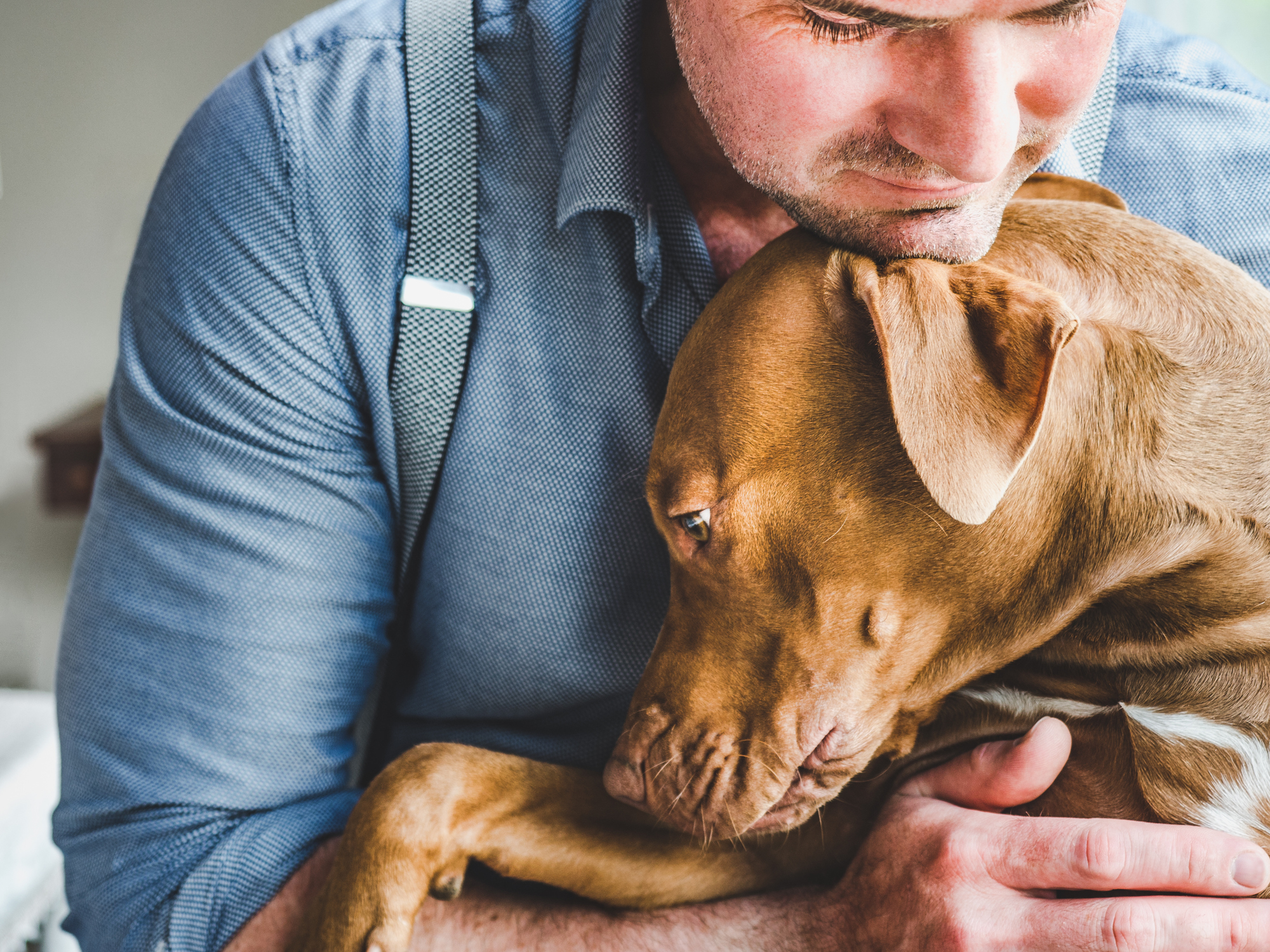Hello, hopefully everyone had a good start to the New Year! Looks like our cold snap is finally subsiding!
A common concern with our pets is the possibility of pain since they do not talk in human words to us. We want to make sure our pets are comfortable and not experiencing any pain, especially older pets or the ones nearing the end of their life. What are we looking for here?
First, we can categorize pain. There is acute pain and chronic pain. Acute pain occurs with any trauma, like an impact from a fall or a bite wound. Chronic pain is longer persisting pain; often we see this with arthritis pain, when a pet keeps limping if it does not receive medication. Here pain is categorized by a timeline.
Other categories can be according to the origin of the pain (oral pain with tooth problems, joint pain, or abdominal pain for example). This is often more specific and can be addressed with trying to resolve the underlying issue. The difficulty here is to pinpoint the origin.
Unfortunately, we cannot ask our pet how they perceive any pain (like a sharp pain or a dull pain or using the pain scale). Sometimes we can judge and record pain levels in the veterinarian’s office by doing an exam. Often other findings are classified indirectly by pain level: toe touching lame or non-weight-bearing lame for example, which translates into pain levels.
However, we all agree that we want to provide our pets with a level of care where they are not painful, or where we can manage pain with medication to provide a better quality of life. There is a certain complexity to finding the right treatment. Often (but not always) it means that we must use diagnostic tools to first find the origin of pain and then create a treatment plan addressing it. This could mean diagnostic imaging, like x-rays, or bloodwork and/or urinalysis to better judge the disease process causing potential pain. Also, often there is a mix-up between pain and comfort. We have to be able to read the behaviour of the pet, as if it is talking to us. A hiding pet often means it is in pain, but sometimes also means it is stressed (without physical pain).
If you feel that your pet is distressed, or in pain, please come and talk to us. We can help finding solutions to the problems you and your pet are experiencing.
– By Dr. Susanne Krägeloh

